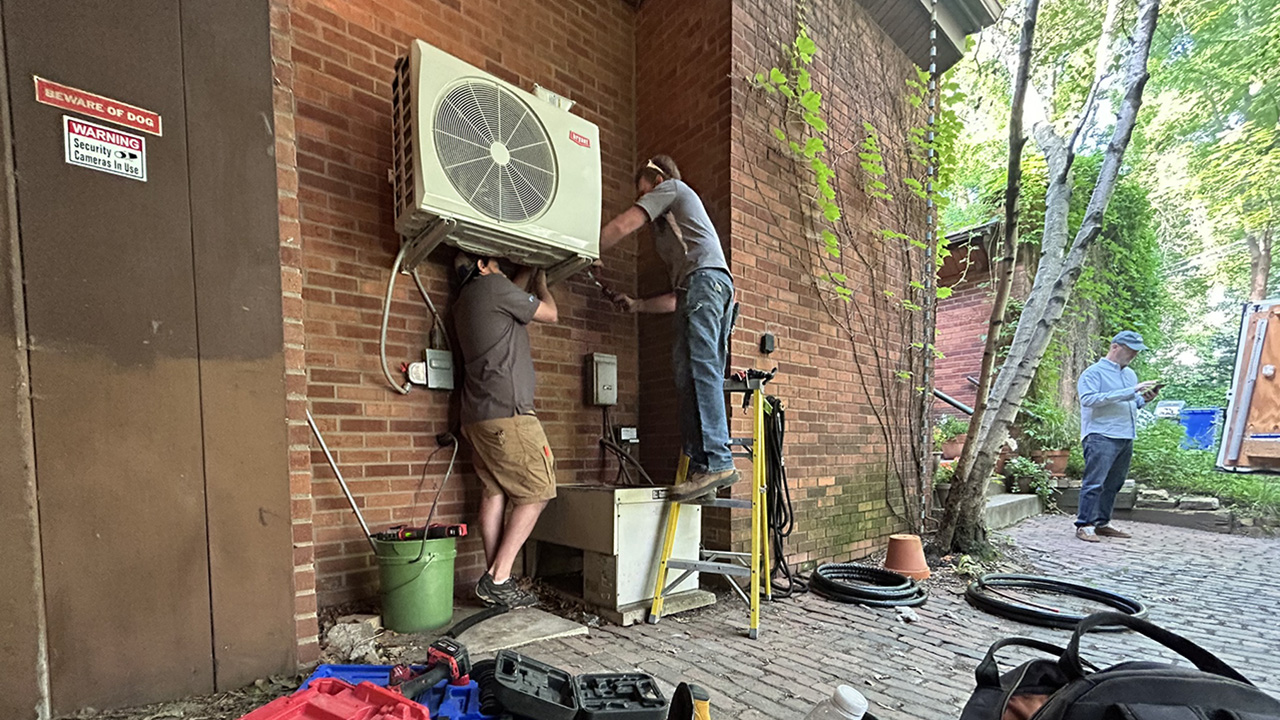
The energy transition is underway, and that means Minnesotans are replacing the way we heat our buildings from climate-polluting gas furnaces to electric appliances that run on clean energy. Heat pumps have emerged as a key, climate-friendly technology to effectively heat and cool our buildings without harmful greenhouse gas emissions, even in cold climates like Minnesota.
At Fresh Energy, we’re fortunate to benefit from the expertise of Nick Bender, a seasoned expert with extensive knowledge in HVAC systems and installation, including cold-climate heat pumps. Nick has spent years navigating the complexities of all-electric heating and cooling systems, making him a valuable resource for home and building owners looking to transition to a more efficient and climate-friendly option.
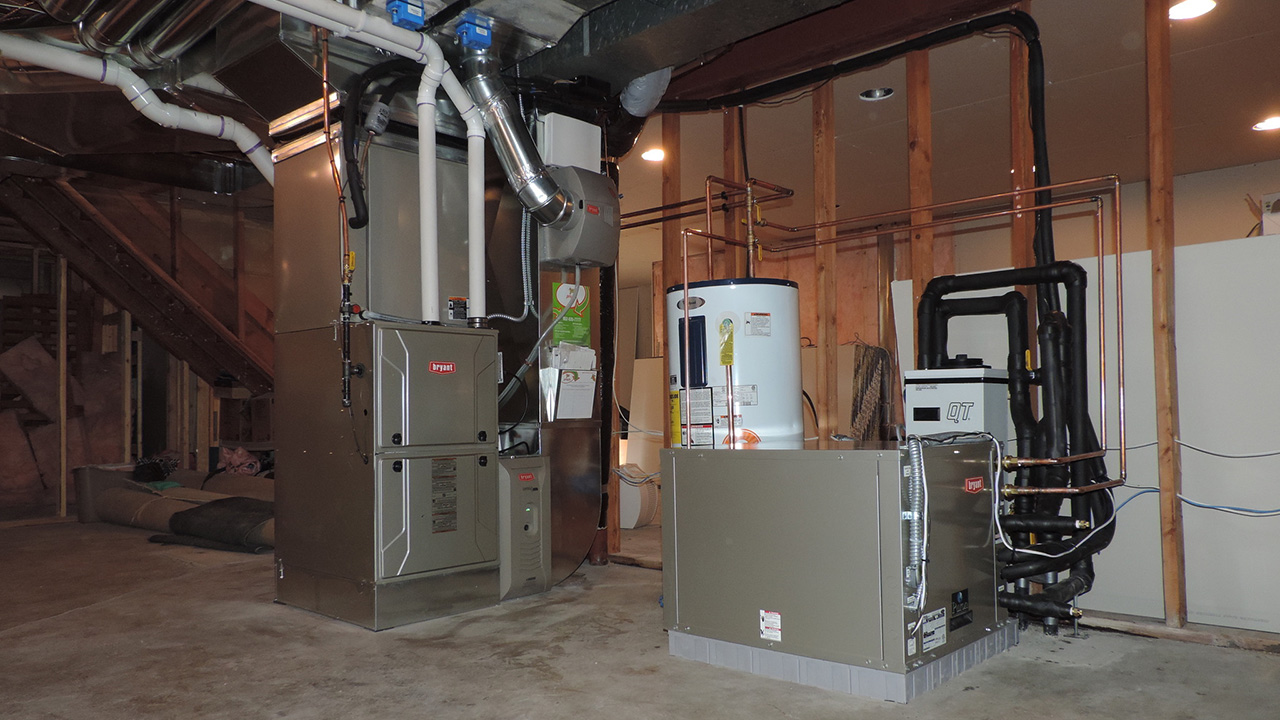
In a recent webinar, Nick joined Fresh Energy and friends for an in-depth discussion about the ins and outs of heat pumps, addressing everything from their viability in our harsh Minnesota winters to the nuances of integrating these systems in older homes.
Whether you’re considering the switch to heat pumps or simply want to learn more about how heat pumps are decarbonizing the buildings sector, this conversation offers valuable insights into the practicalities and benefits of this hyper-efficient technology.
This conversation has been edited for length and clarity.
Welcome Nick! Can you tell me a bit about your background and expertise?
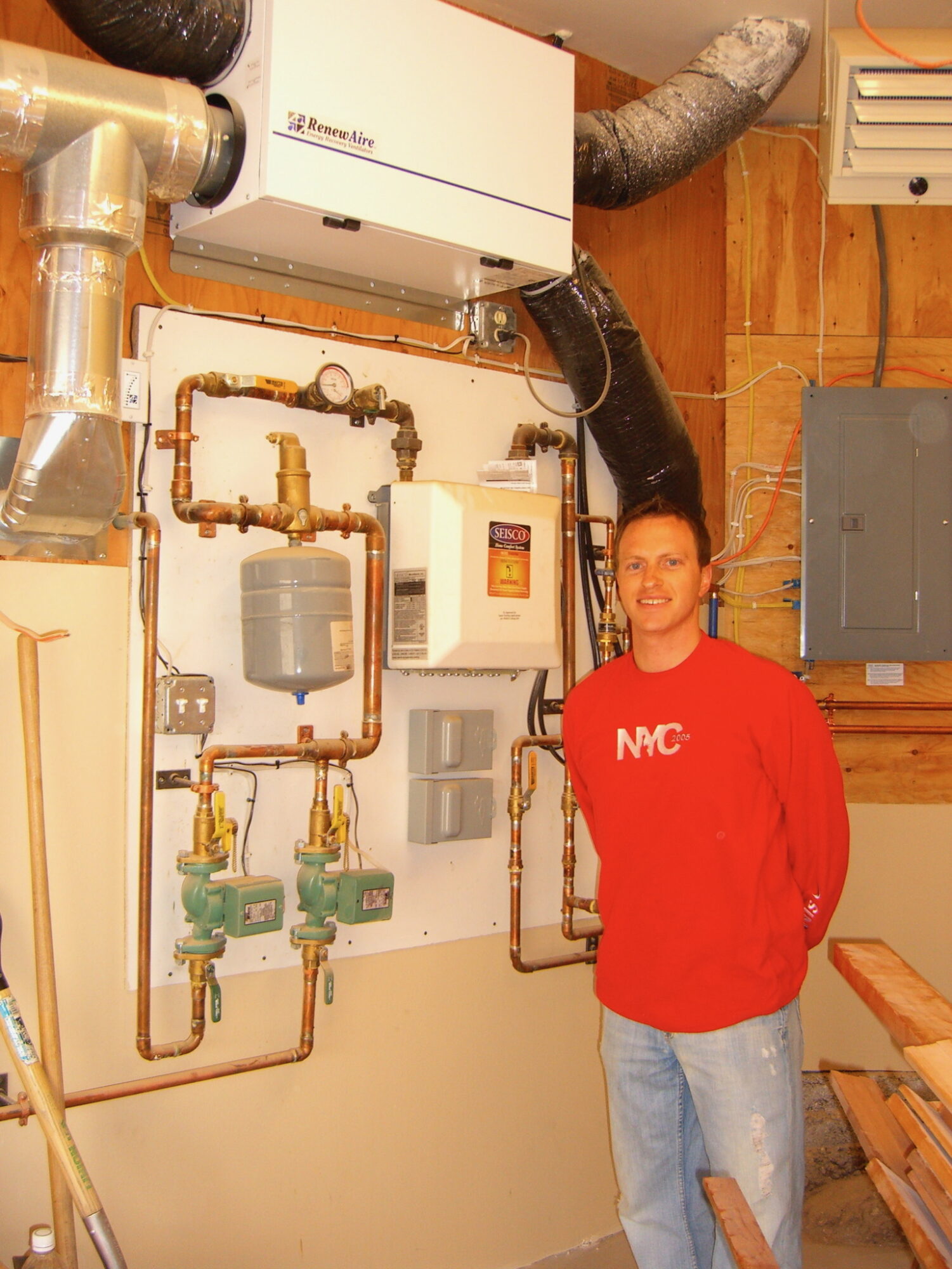
Happy to be here! I started out by attending Dunwoody’s HVAC program right after high school. Over the years I have been an installer, estimator, project manager, trainer, and sales manager. My reputation is someone who has deep product and application knowledge to come up with creative solutions for any project. Most days I’m working on updating older homes in the Minneapolis and Saint Paul area, focusing on all-electric and hybrid HVAC systems for homes and businesses. More recently I’ve started to also help with holistic home performance planning and project management. The home is a system, and it is best to have an overall energy efficiency plan for the best results.
In my role helping people navigate the best heating and cooling solutions for their homes and buildings, I meet with homeowners and building owners, assess their current and future needs, and recommend the best solutions, considering tax credits and electrification opportunities. I’ve done home energy consulting across the Metro and statewide, occasionally even out of state. I have working relationships with forward-thinking contractors to ensure a successful end product.
A common question people have is: are all-electric heating and cooling systems viable in cold climates like Minnesota?
Absolutely! This is probably the most frequent question I get. Cold-climate heat pumps are perfectly capable of heating homes during Minnesota’s harsh winters, provided they’re sized properly and designed with the right considerations like back up heating needs. I’ve been installing these systems around Minnesota since 2007, and they’ve worked well — even during our cold winters.
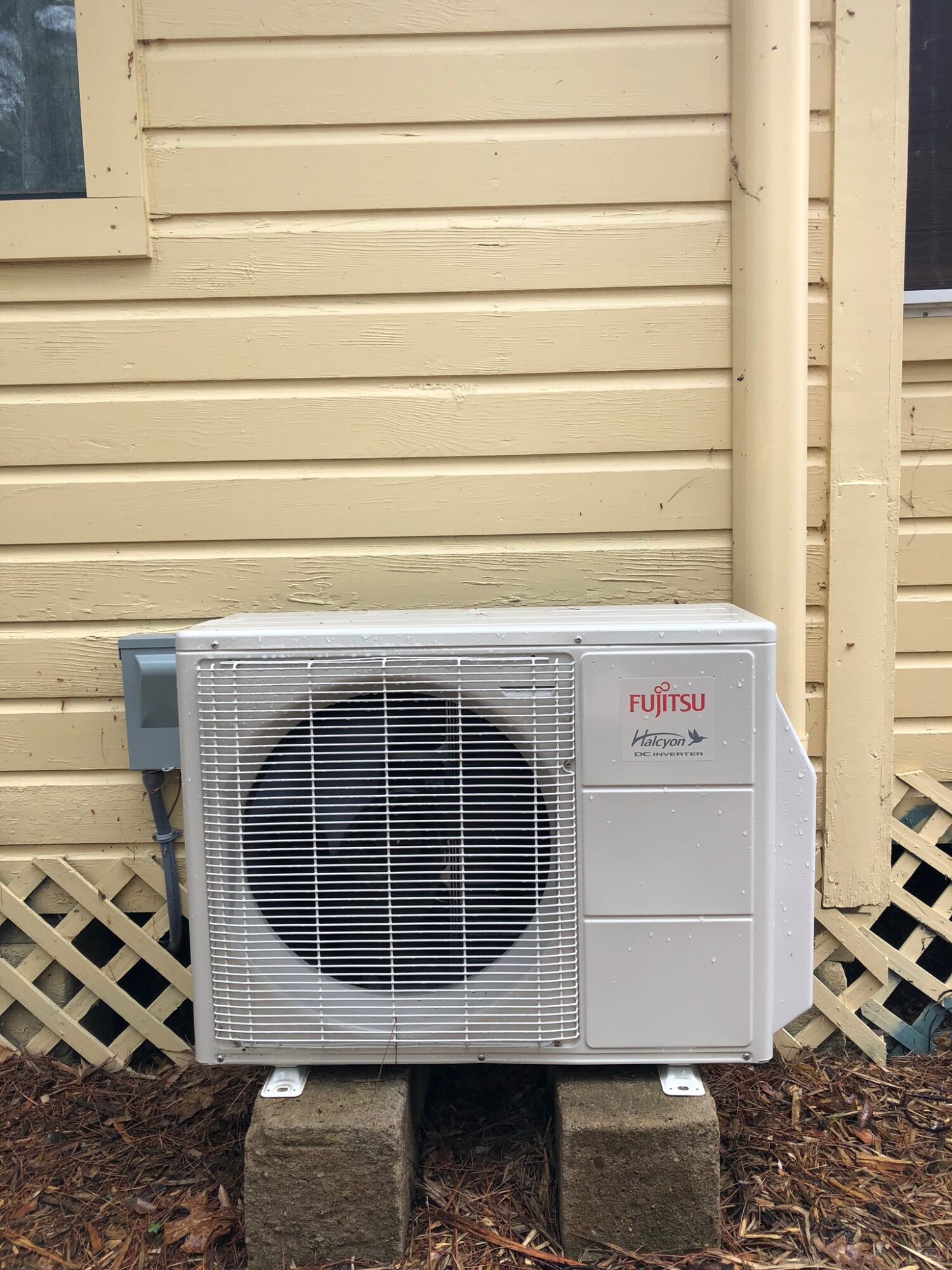
Many cold-weather heat pumps are rated down to about minus 15 degrees, but they can still operate and produce heat even when it is colder. While heat output drops during extreme cold, they still perform and heat the home, though most homes will need help from a backup heat source.
Backup heating options vary, but many homeowners stick with their existing gas furnace. Alternatively, some choose electric backup heat that is integrated into the system or thermostatic wall heaters that are silent and efficient. Others might have a natural gas fireplace — these also make for a great backup.
There’s always new technology on the horizon, and some folks are curious about if future heat pumps will perform better at colder temperatures. While technology will continue to improve, today’s systems are more than up to the task.
What’s the difference between ground-source (geothermal) and air-source heat pumps?
Both geothermal and air-source heat pumps run on electricity to heat and cool your home. Geothermal systems involve drilling a series of pipes into the ground, either horizontally or vertically, to exchange heat in the earth’s crust. Air-source heat pumps exchange heat with the outside air, similar to a standard AC unit.

When installing a geothermal system, most homeowners will use a vertical well since they require much less space, but if you have more than 300 feet available to you, horizontal wells work great, too. The great thing about geothermal is that there’s no outside equipment in your backyard that you need to clean, maintain, or landscape around. The pipes usually run from your heat pump outside into the earth. So, while the installation is more involved (requiring drilling) than air-source heat pumps, the result is an efficient system for heating and cooling.
Air-source heat pumps are much quicker to install than geothermal systems and can usually be completed in a day or two, because instead of drilling wells into the yard, you simply link the heat pump to an outdoor unit. Both systems are effective, but geothermal tends to be more complex and may involve additional work like landscaping afterward.
Can you walk through the process to install an air-source heat pump in an existing home?
First, we’d make sure your air sealing and insulation are in good shape. This ensures your home is energy efficient, which can help avoid the need for a larger heating or cooling unit, which makes it very cost-effective as well. There are some great rebates and tax incentives available for energy audits and insulation work.
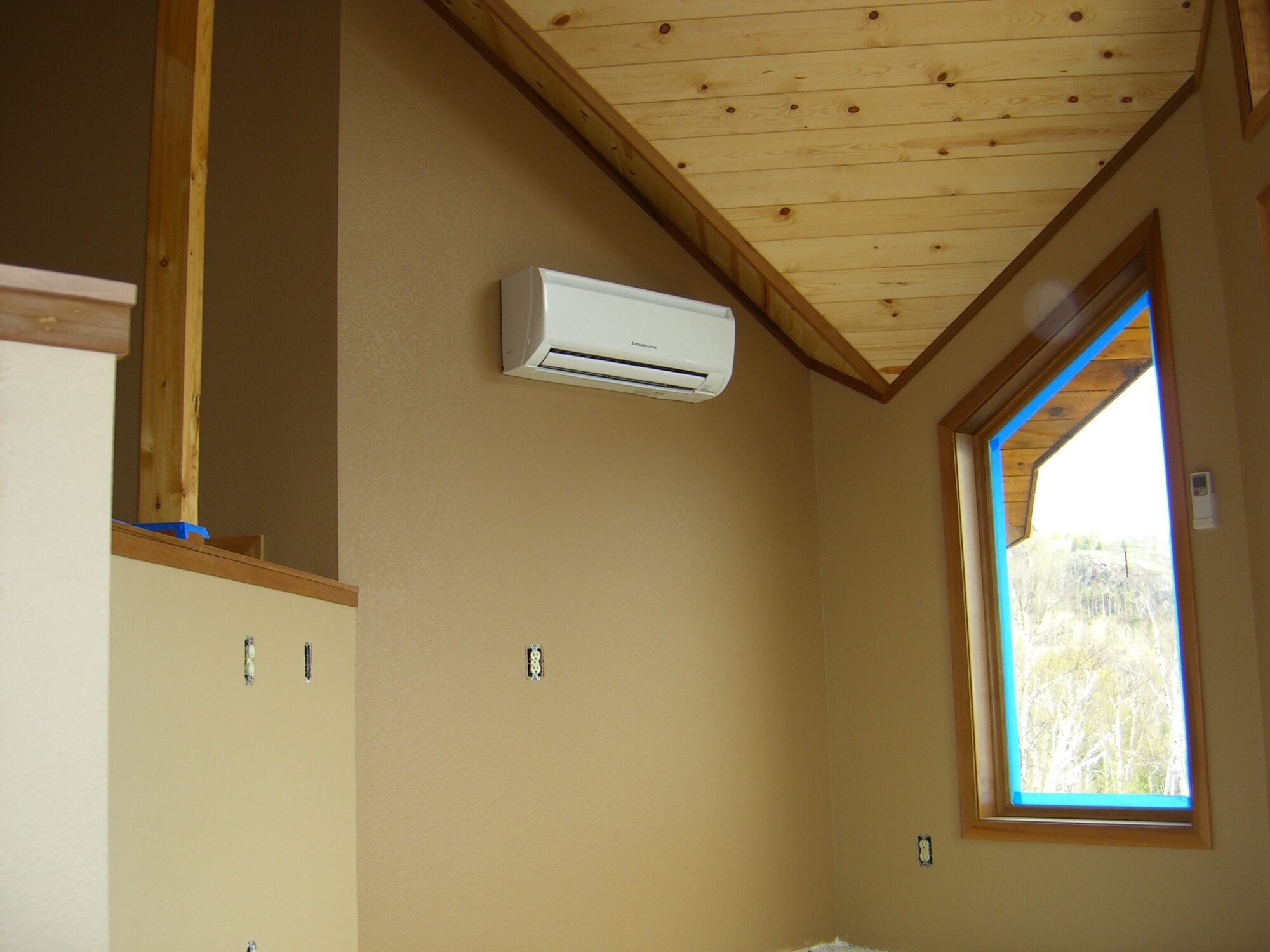
The next step is to conduct a “Manual J” calculation to understand how much heat your home needs at your local design temperature; in the Minneapolis and Saint Paul metro area, this is minus 15 F. This involves looking at your home’s insulation, windows, and more to assess what size and type of heating system the home will require. They can be designed for the whole house, floor by floor, and even room by room to figure out how much heat all the areas of the home use and how to efficiently heat them accordingly.
The final steps would be to work with someone like me to recommend you a system and specific unit that best fits your needs, then overseeing an installation team to install it well.
Can you talk about heat pumps and off-peak electricity pricing?
There are options for off-peak or “time-of-day” programs, however, there may be a better rate plan or program depending on your electrical provider and the heat pump you are considering. Xcel Energy and many electric co-ops have some great programs specifically for heat pumps. So, no matter where you live there’s likely a lower electrical rate incentive available to lower your cooling and heating cost by using a heat pump. Sometimes the electric water heater is added to the lower rate as well. This is why it is very important to work with someone who can help navigate all these options.
If you want to get really complex, you can even shunt extra heat from your heat pump to your water heater to create an ultra-efficient system. Since home heating and water heating are about 2/3 of your total energy bill, this can result in very substantial savings when you opt into an off-peak program with your electric utility.
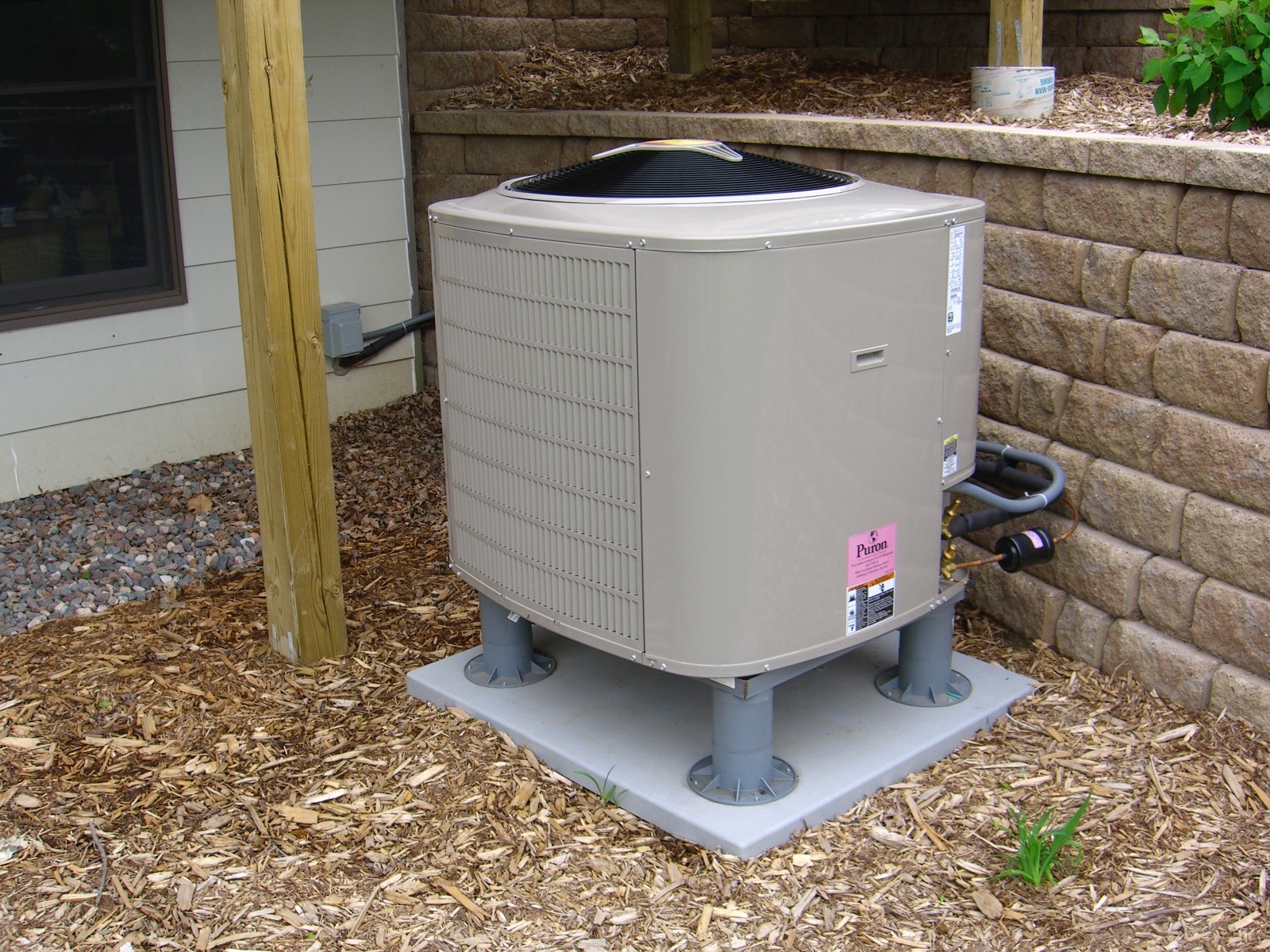
Last question: Many folks receive advertisements promising large discounts on heat pump installations. How do you know whether you’re working with a reputable company?
In general, I’m always suspicious of companies that promise things like a free tablet with the purchase of a furnace, or even buy-one-get-one deals like a free air conditioning unit with a furnace.
Referrals are always the best way to know you’re working with a reputable company. If you can confirm with another homeowner that they had a great experience with a particular company, that’s always the most helpful. Especially from someone how has had the system for a few years. I’d ask around with people you know that have heat pumps what their experience was with their installer.
Thanks, Nick, for answering our many questions about installing heat pumps for buildings across Minnesota! You can contact Nick Bender about heat pumps at nickjbender@mac.com or 612-963-9691.
If you’re interested in installing your own heat pump, be sure to visit our website electrificationandyou.org to take advantage of the tax credits and rebates that are available to you through state and federal funding. There is a plethora of energy-efficient, all-electric home upgrades that qualify!
